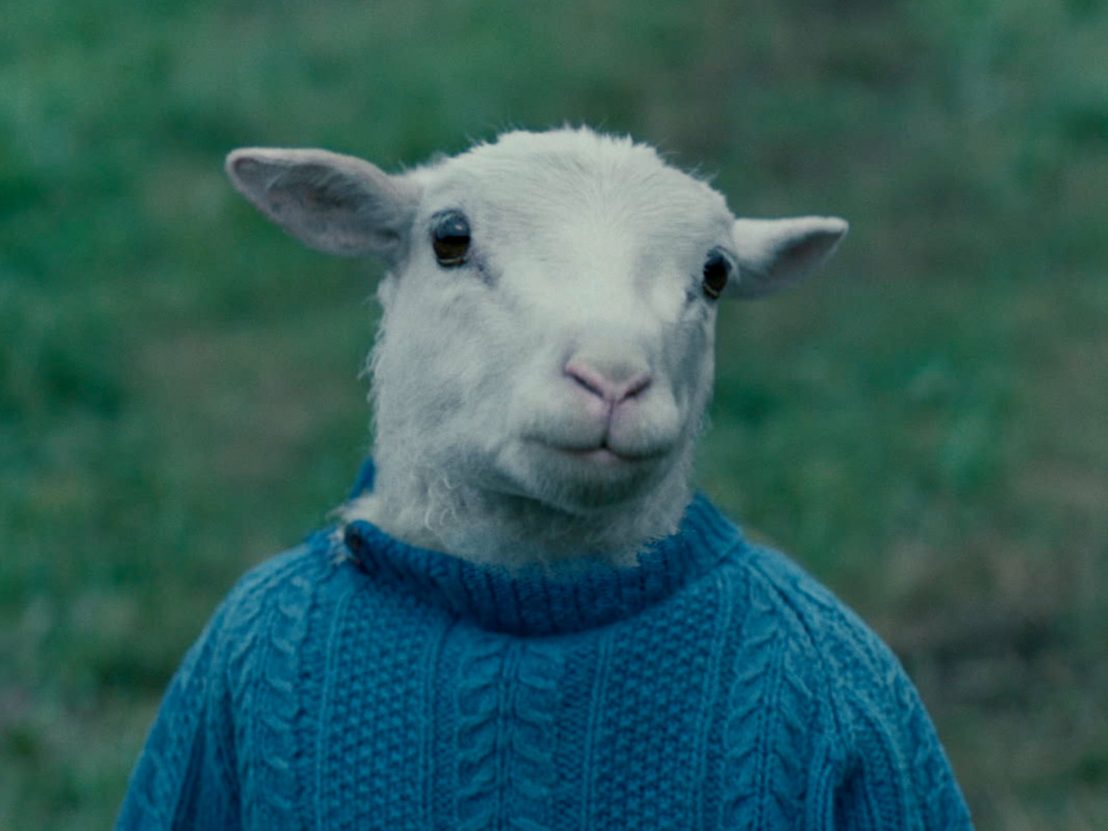
What if a lamb was stuck in a human body? How would it communicate with its mother? How would it emote? This was the dilemma faced by production VFX supervisor Peter Hjorth and post-production VFX supervisor Fredrik Nord on Valdimar Jóhannsson’s Lamb.
Ada, the human-sheep hybrid child at the heart of the film, was played on set by local children wearing a sort of green-screen helmet, while lambs from a local farm provided the basis for its head. Combining these two elements in a single body presented myriad technical challenges. Here, Hjorth and Nord reveal how they brought this creepy vision to life. (Mild spoilers ahead…)
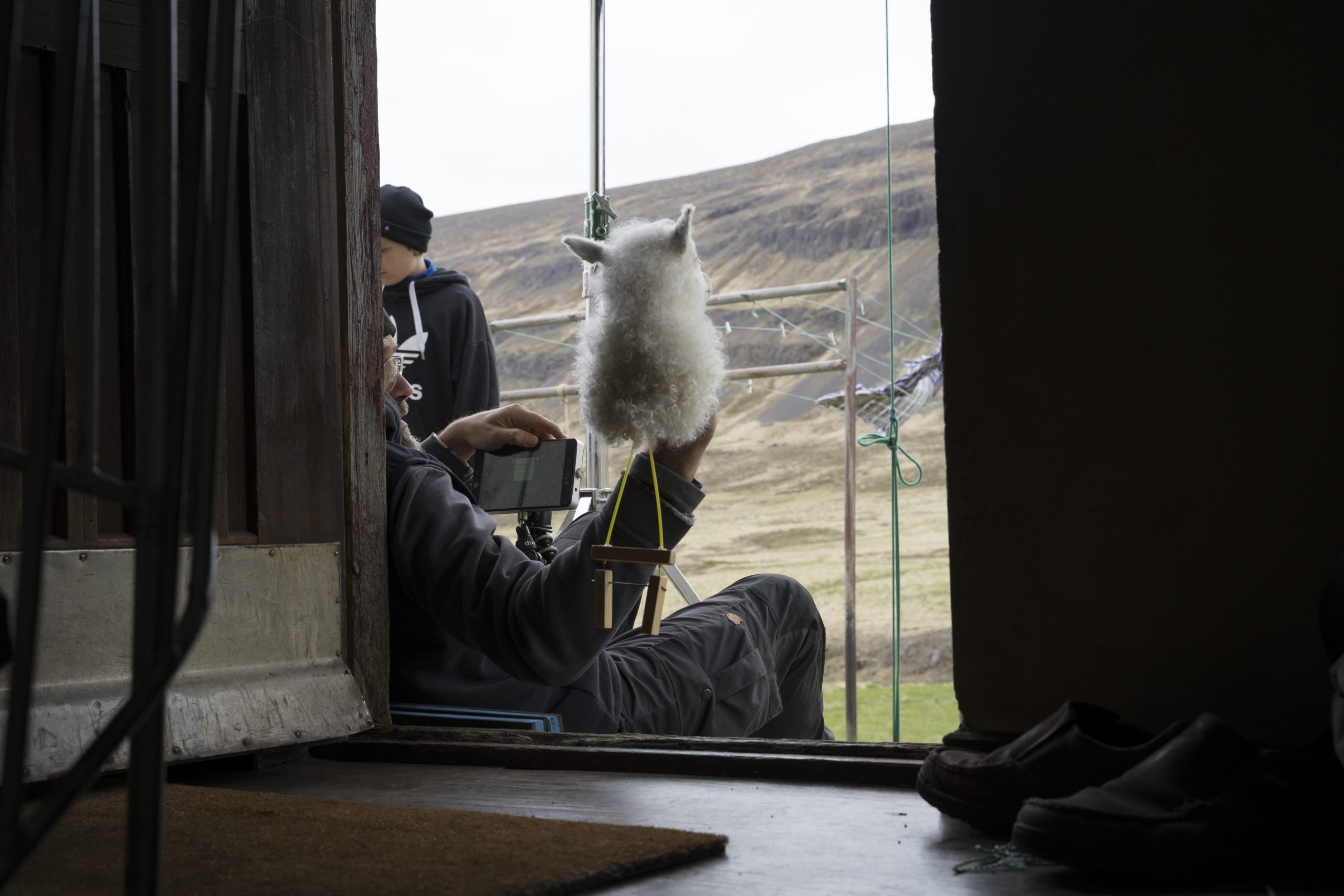
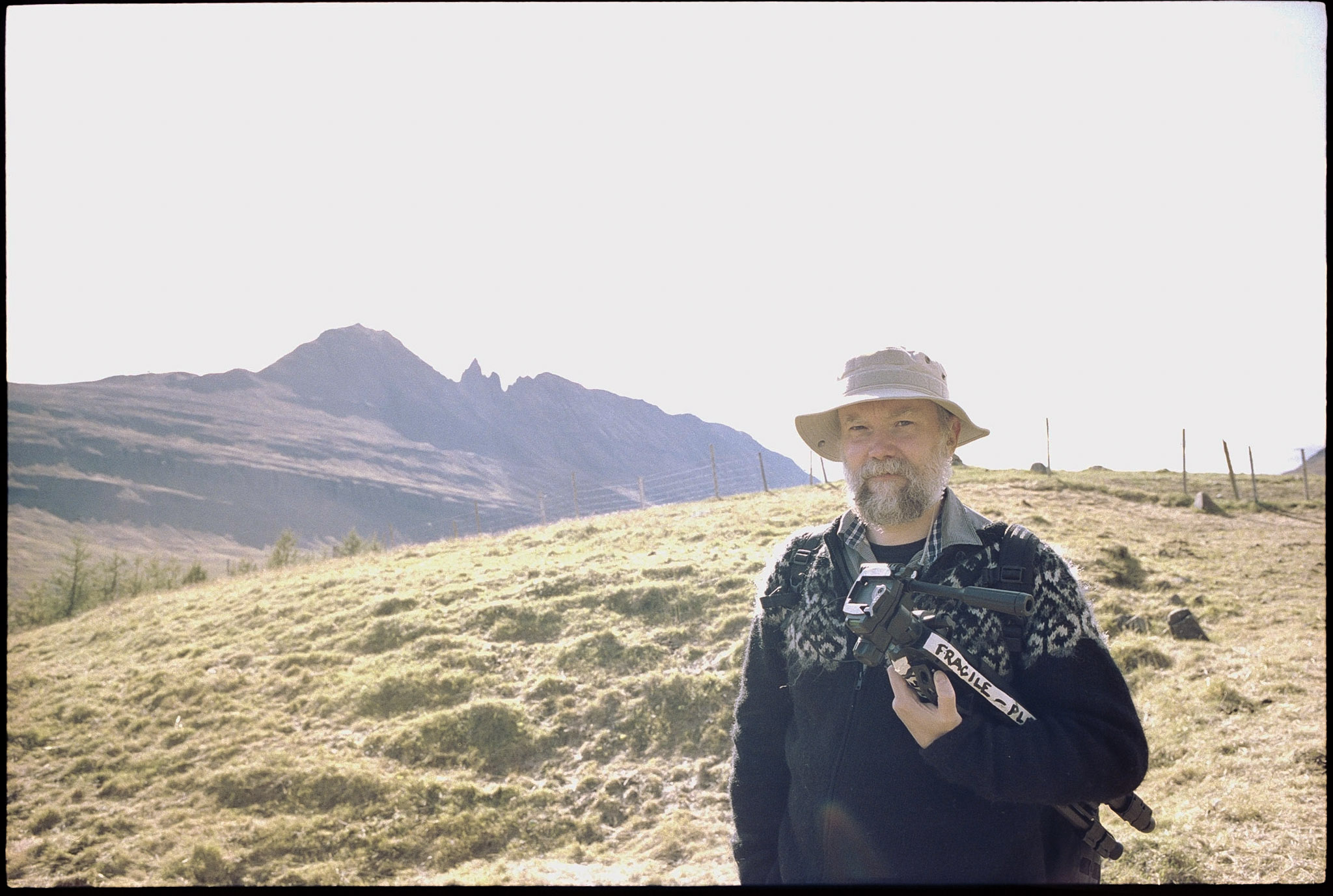
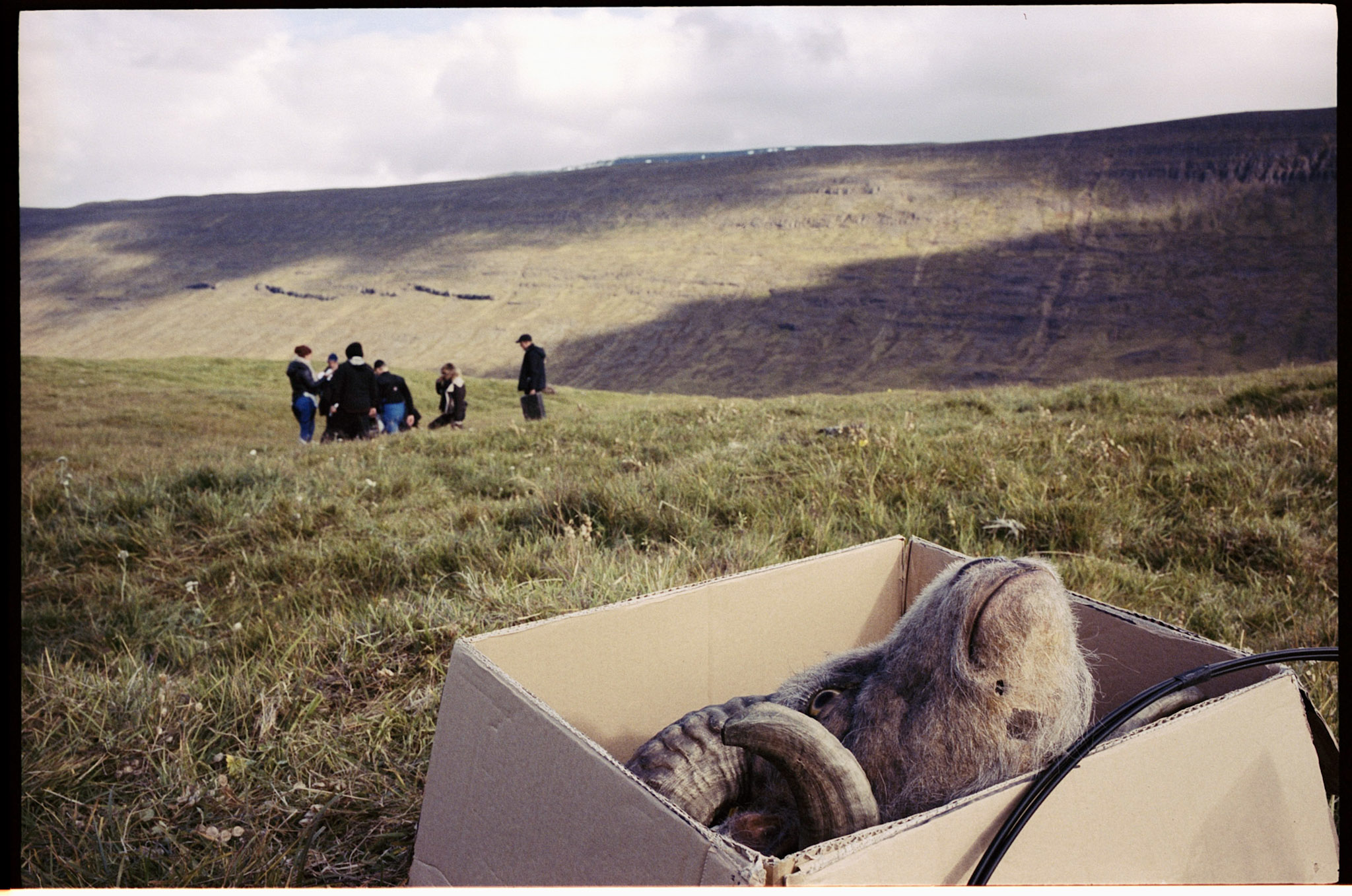
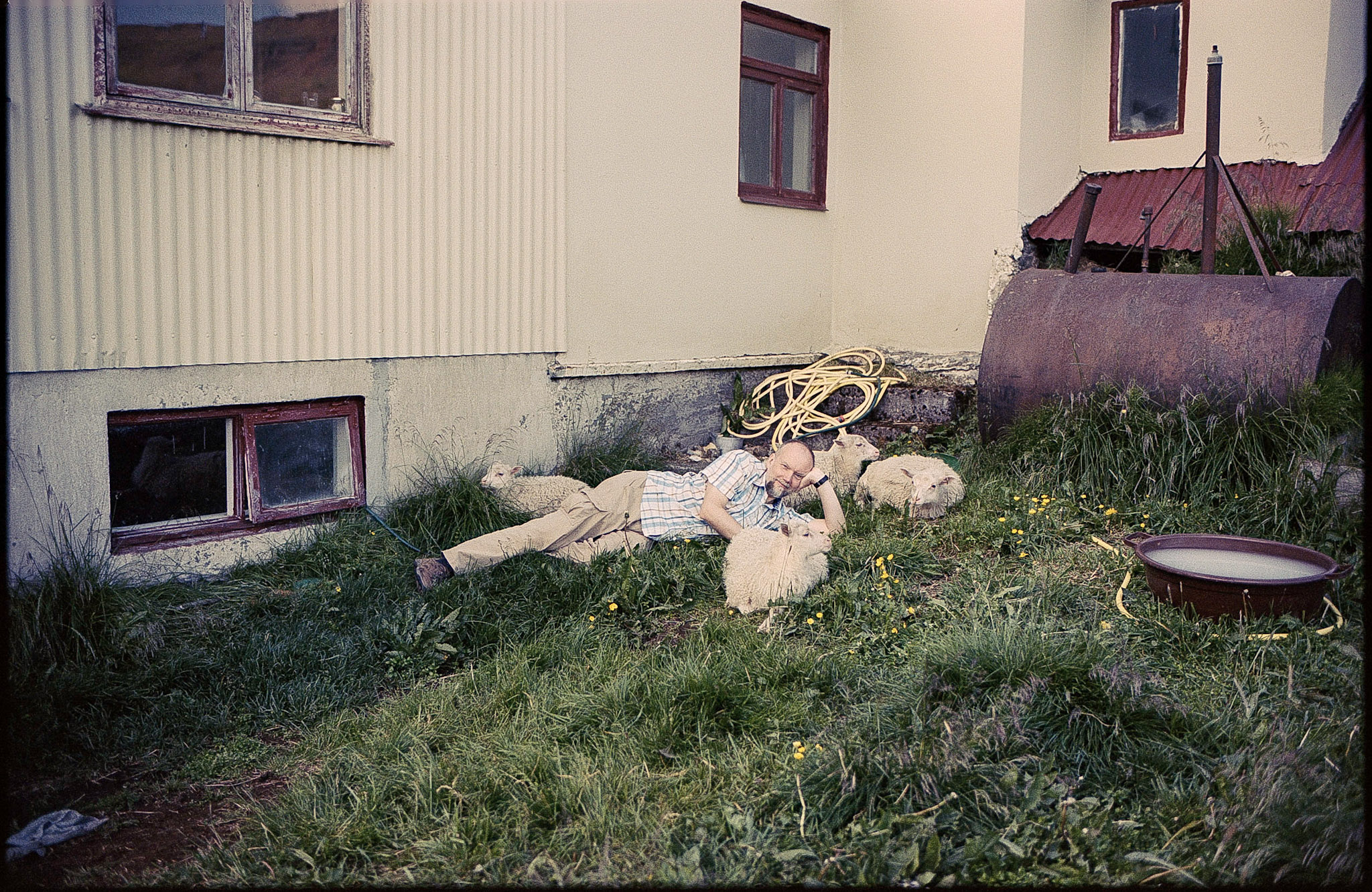
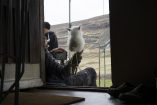

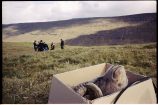
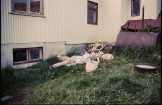
Peter Hjorth: “The key to the whole thing was: how do you create a character that you can love, and where you can understand that the other characters feel love and respect for this creature, but it’s not human, and it has very little human behaviour? She experiments with trying to align with the humans and it doesn’t go too well.
“I love Disney, and I love the way they do things, but what they always do is a human that’s trapped in an animal’s body. And we thought, ‘Can we do the reverse? Can we have an animal who is actually trapped in human parts of the body?’ There was no way to turn that down, even though it was horrendously difficult.”
Fredrik Nord: “Ada expresses herself with very little means. In an early version of the script she was supposed to try to speak a bit and not really manage, but decisions were made to make her more animal-like – to not speak. So that meant what we had to work with was the small emotions through the eyes, fluttering winks, her nose and stuff like that; her lips and ears giving away the emotion if she’s scared or excited.
“We tried to pinpoint those things and use them as best we could in the scenes. In some sense, when she gets really scared it’s easy, but there are a lot of scenes where she’s subtle, where she just stands there and tries to go through the situation, and it’s very fine and delicate animation-wise.”
FN: “While they were filming in Iceland, we studied all the real lambs that were on set, which was really helpful because I just took all the dailies and scrubbed through and checked how the real lambs on set moved. That was probably the biggest resource of understanding how she moved, and how the ears pull back when she’s scared or agitated and those kinds of things.
“In the beginning we tried to check real lambs, but then we got into this question of, what is a real lamb? Valdimar has a lot of knowledge in that area apparently, because he said, ‘You’re probably doing a Swedish lamb – it should be an Icelandic lamb.’ And we were like, ‘I don’t know the difference. What do you mean? We’re not going for a Swedish lamb, we’re just going for a lamb. We’re just googling images of lambs and trying to build a real lamb.’ But then when the material started rolling in from their shoot, we got a real idea of how the Icelandic lambs look.
“After production, our lambs went back to the farms that they came from, and our hero lamb had a little lamb of her own.”
PH: “During the birthing season, some lambs are rejected by their mothers, and we took in three orphaned lambs very, very early. They were living on the farm that was our set, and the production people managed to schedule everything around how the lambs were ageing, and we made this a system for how Ada ages. For every scene where we had a major action with Ada, we could actually bring the lamb in front of the camera and film a specific reference for Fredrik that connected with the scene.
“Because I was there for the birthing, I actually saw one of the little lambs die at birth. It was a really strange thing to witness. We had it packed up, refrigerated and sent it to Denmark, where a taxidermist disassembled and disinfected it. We then had the prosthetics guys and the puppeteers put it back together – so it was actually an articulate prop. That turned out to be really nice for the actors and for the whole crew just to see the size of it.”


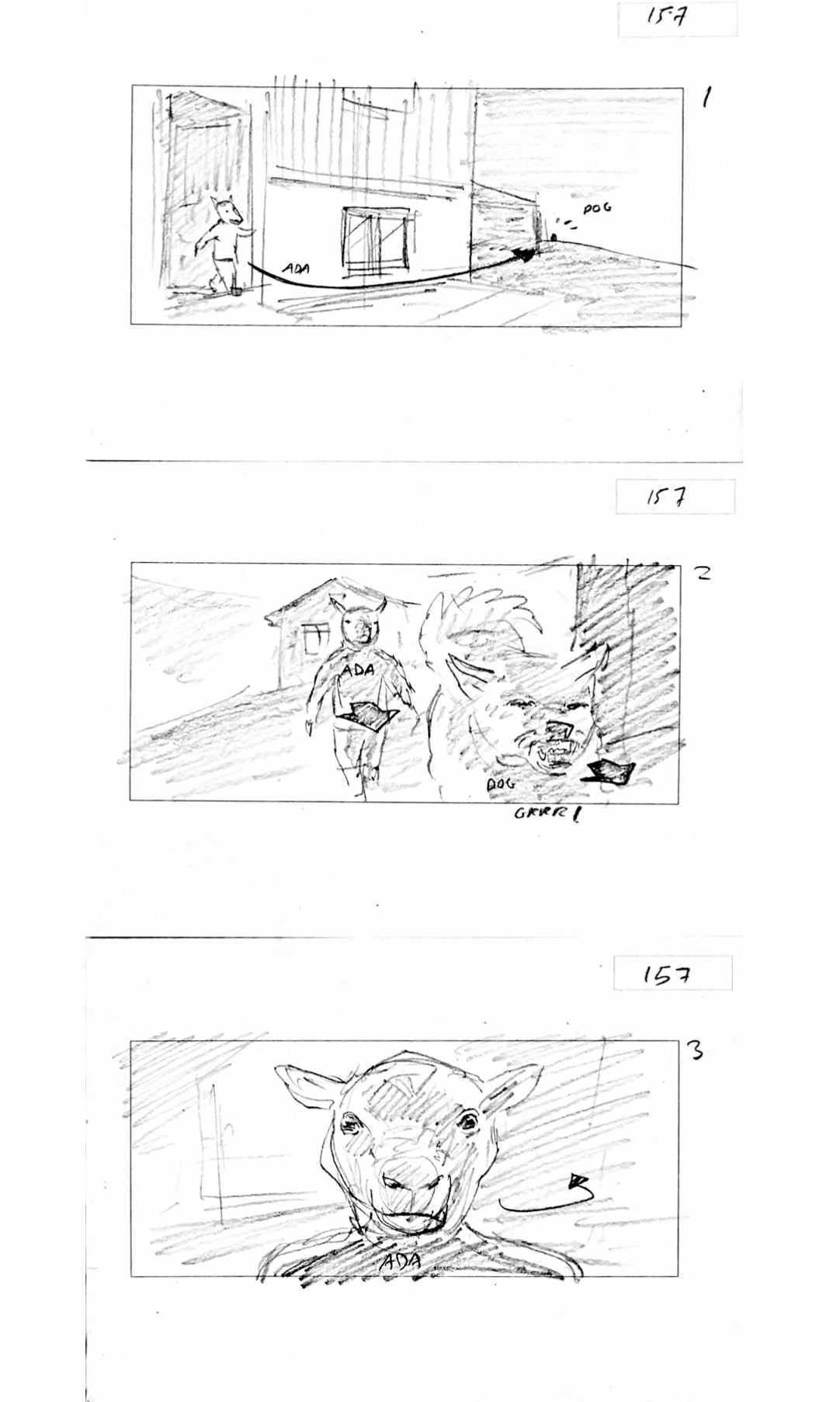
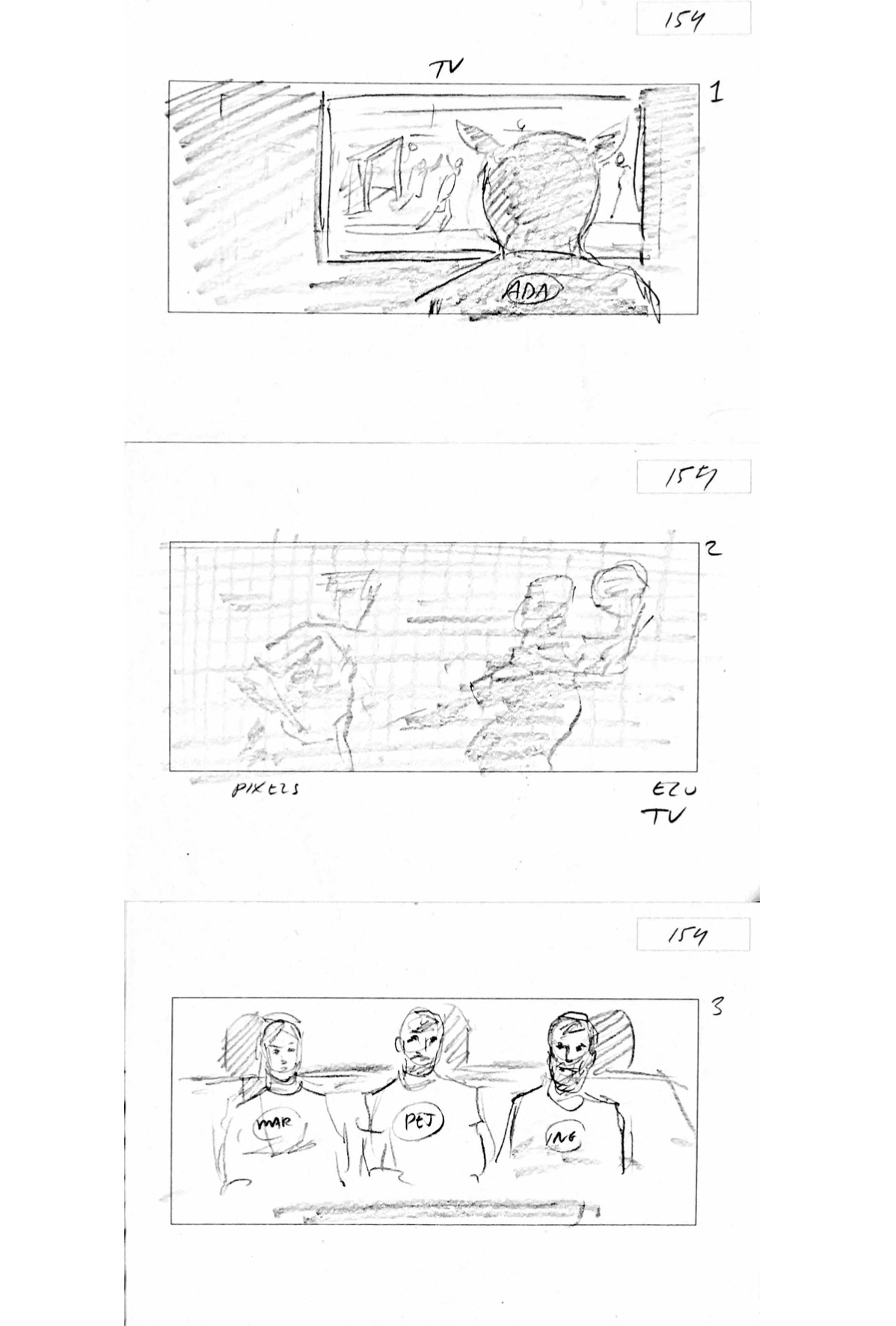




PH: “We had been working on his design for a long time. Our creature designer, Morten Jacobsen, was working in clay, and at one point he just went off by himself and we didn’t hear anything for a while. Everybody was like, ‘Is he angry? What’s wrong?’ Then one morning these pictures came back, and it was the final Ram Man. We thought, ‘Whoa, this is different from what we expected – maybe it’s a bit over the top.’ But then we looked at each other and I was like, ‘Yeah, but it’s awesome! We want it on screen.’
“He’s played by Ingvar E Sigurðssson, one of the biggest actors in Iceland, and I have to confess, I was a little bit scared of him when we started because I just knew we were gonna put him through hell. Because he was wearing that [helmet], he was outside in the cold, he was almost naked, he was blind, he had to be walked around every time he was suited up and had the mask on. When I did the first session with him where we took some stills of him, I asked, ‘What would you rather be, a little bit too hot or a little bit too cold?’ He just said, ‘I’m fine with both, I’ve been inside a creature before, I know it’s not going to be comfortable. Don’t worry about it, let’s just get the work done.’”
PH: “When we stopped production, it was actually really sad, because it was like a family. I’m not going to tell you who, but one of the people who worked with the animals was actually crying at the wrap party, saying, ‘I had no idea I could connect so closely with a four-legged creature. I’ve had dogs, I’ve had cats, I’ve connected with them, but never in this way.’ After production, our lambs went back to the farms that they came from, and our hero lamb had a little lamb of her own. It was so emotional.”
Lamb is in UK cinemas now and will be available to stream on MUBI early in the New Year.
Published 14 Dec 2021
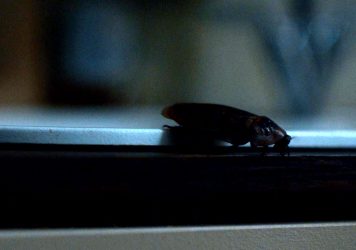
Grace Dickinson reveals how she wrangled the skin-crawling star performer of Rose Glass’ psychodrama.
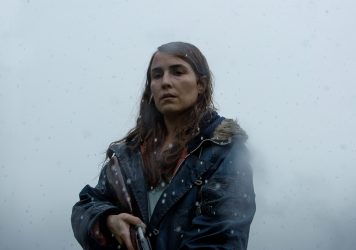
Noomi Rapace adopts a strange newborn in this elevated Icelandic folk horror from director Valdimar Jóhannsson.
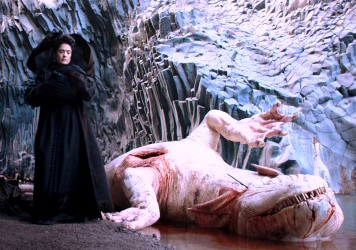
Tale of Tales is a return to a much darker, more traditional form of fantasy storytelling.